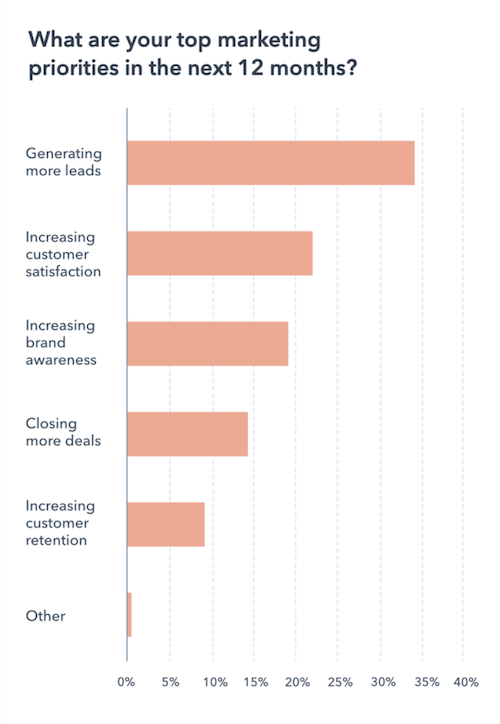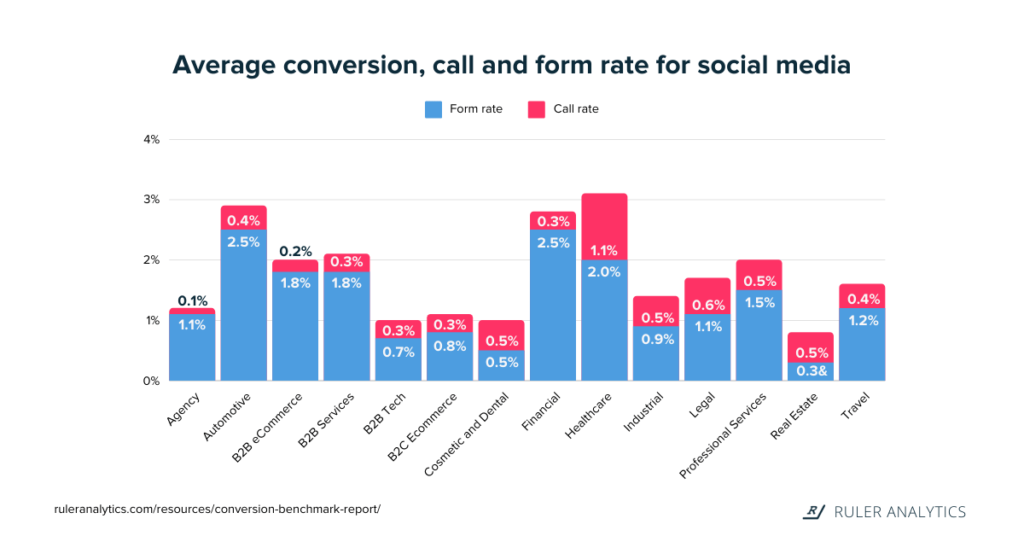How the HubSpot Blog Generates Leads [+ How Yours Can, Too]

By AJ Beltis
It’s hard to believe that if the HubSpot Blog were a person, it would currently be in high school.
That’s right – for well over a decade, content has been published on the HubSpot Blog to help hundreds of millions of readers discover best practices in the areas of marketing, sales, customer service, website development, agency work, and general business best practices.
Behind the scenes, our team also thinks about how we can convince as many readers as possible to become leads and access more information, tools, and resources from HubSpot – and anyone who has worked on lead generation knows that accomplishing this task is much easier said than done.
Effective blog lead generation requires both creative and analytical skills. It’s about knowing what numbers to crunch, how to analyze your existing data, and how to make projections based off of traffic, monthly search volume, and conversion potential.
Additionally, any good marketer needs to understand the human aspect behind this process and not lose sight of the people reading your blog and the problems your business can help them solve.
Over the years, the team at HubSpot has landed on a process that continuously generates leads day-after-day, with a reliable blog view-to-lead conversion rate and a steady flow of traffic.
Here are the steps my team at HubSpot takes to generate leads from our blog.
1. Audit existing blog metrics.
To develop a process for growing our blog lead number, we first needed an understanding of how well we were performing.
To capture the current state of blog lead generation, we looked for the overall traffic number and number of leads generated from the blog. These two numbers gave us a baseline conversion rate (in this case, number of leads generated, divided by the total views to the HubSpot Blog in a given time period) from which we knew the team could only go up.
While the number of leads was the ultimate goal for our team, we wanted to take a deeper look at the overall conversion rate and how it changed month-over-month – this number would let us know for sure if we were growing traffic to posts and topics that were most likely to convert their intended audiences.
The big-picture conversion rate gave us an important directional view, but if we ever saw a major shift in that conversion rate, we needed to know where that shift was happening. For example, if we saw a surge in traffic to a low-converting post, that would hinder the overall conversion rate for the blog.
To drill down further, we also looked at all of our post-level data – that is, each post’s traffic number, number of leads generated, and CVR. By exporting and tracking this data monthly, we were able to see which posts were dragging down our CVR, which posts were keeping it strong, and which posts were prime candidates for a better CVR.
How to complete this step:
- Choose a time period (last …read more
Source:: HubSpot Blog










